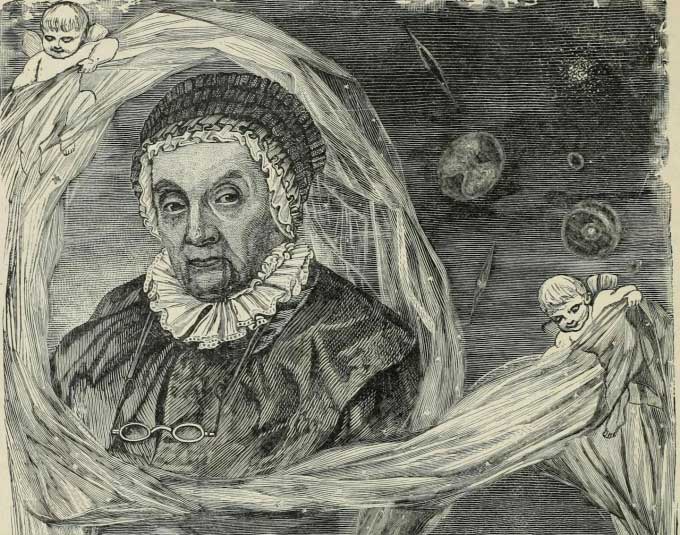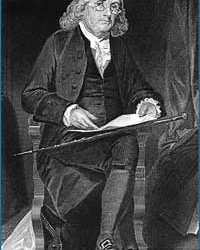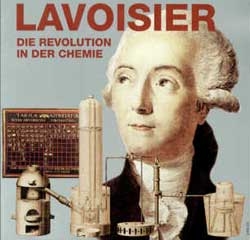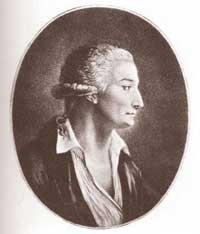In 1787, due to the discovery of several new celestial bodies and assistance to her brother, Caroline Herschel was paid by King George III, becoming the first professional female astronomer in England.
Caroline Herschel is recognized as the first professional female astronomer in England with significant contributions to the field of astronomy today. However, many astronomers may not even recognize her name. Most scientists are focused on the latest techniques, data, and theories in their field, but may not be well-versed in the historical details of that field, and astronomers are no exception.

Astronomer Caroline Herschel. (Photo: Wikimedia Commons).
Caroline Herschel was born in 1750 in Germany and faced a difficult childhood. A bout of scarlet fever left her with a scar from a young age. Her family believed she would never marry and treated her as an unpaid servant. Caroline had to complete household chores despite her strong desire for education. Eventually, she escaped her family to join her brother, William Herschel, in Bath, England.
Initially, Caroline was an unwitting astronomer. She did not have an interest in astronomy until William became passionate about the field. Although she once complained about following her brother’s various interests, including music and astronomy, Caroline ultimately admitted that she truly loved studying celestial bodies.
At that time, astronomers were mainly focused on discovering new celestial bodies and accurately mapping the sky. The use of telescopes to search for new comets and nebulae was also very popular. William Herschel gained fame for discovering Uranus in 1781, although he initially mistook the planet for a comet.
At the start of her career, Caroline assisted William. She primarily focused on tasks related to equipment, such as polishing telescope mirrors. Caroline also helped copy catalogs and meticulously recorded William’s observations. However, she later began to make her own observations.

Caroline Herschel working with her brother William on various scientific projects. (Photo: A. Diethe/Wikimedia Commons).
In 1782, Caroline began recording the positions of new objects in her own journal. On August 1, 1782, she discovered a new comet, making her the first person to observe it through a telescope. This was the first comet discovery made by a woman. She continued to discover 7 more comets in the following 11 years.
During this period, the practical observation of a new object ensured public recognition. Therefore, Caroline was only credited with the comets she observed through the telescope. For all other work, such as recording and organizing data from William’s observations, she received less recognition than her brother. For example, when Caroline compiled all of William’s observations into a catalog, the work was published under William’s name. Caroline was only mentioned as an “assistant.”
Nevertheless, to acknowledge her discoveries and her assistant role to William, King George III paid Caroline a salary in 1787, making her a professional female astronomer. She was the first woman in England to earn an income by pursuing astronomy.
Later on, Caroline reorganized the catalog more efficiently. This update later served as the foundation for the New General Catalogue of celestial objects that astronomers still use today. The Herschel siblings also created the first map of the Milky Way galaxy, which contains Earth, although it was not entirely accurate.




















































